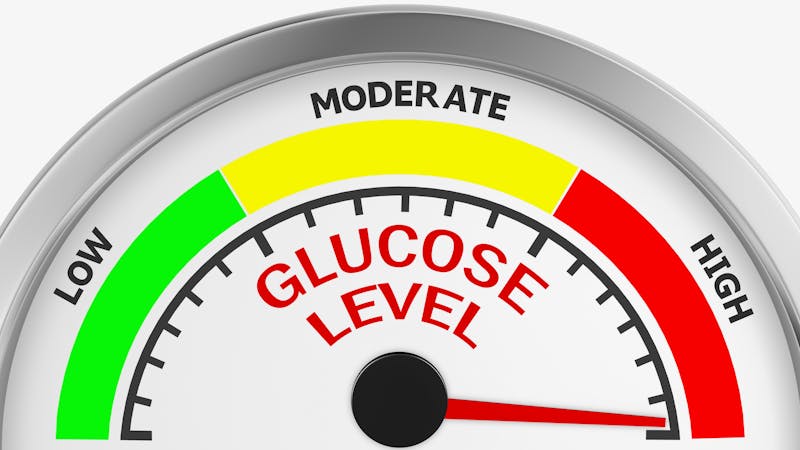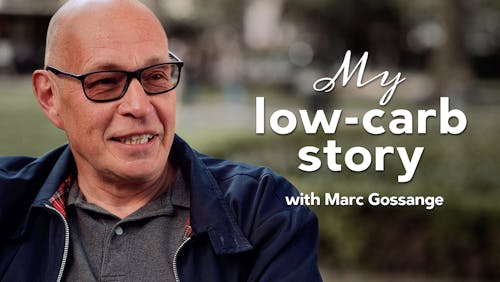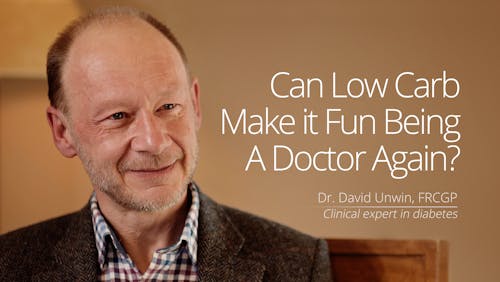Prediction: Even healthy people will be tracking blood sugar

In a recent opinion piece for CNBC, a California endocrinologist is predicting that by 2025 many more people will be continuously tracking their own blood sugar — even people who don’t have diabetes.
The major reason for that, argues Dr. Aaron Neinstein, is the incredible improvements in the technology when it comes to measuring blood glucose levels and the powerful information such tracking yields.
CNBC: By 2025 a lot more people will be tracking their blood sugar — here’s why
Dr. Neinstein, who is a professor medicine at the University of California in San Francisco, says new devices are increasingly sleek, affordable, accurate and avoid the painful pricking of fingers.
These better devices mean continuous glucose monitoring (CGM) use has increased in Americans with type 1 diabetes, from six per cent in 2011 to 38 per cent in 2018. (People with type 1 diabetes need to track their blood sugar very closely in order to give themselves the right dose of insulin.) People with type 2 diabetes using a CGM can also learn which foods spike their blood sugar the most, as this can vary between individuals.
But Dr. Neinstein predicts ostensibly healthy people will increasingly use the devices, too “because the feedback is very powerful.”
In fact, he wore one himself for two weeks and discovered his favorite soup at his hospital café caused him a sustained high level of blood sugar.
His surprising personal finding mirrors the findings of a recent study. In 2018 researchers at Stanford University of School of Medicine gave 57 subjects a CGM. Most were ostensibly healthy, some were showing signs of pre-diabetes and five had type 2 diabetes. They found the level of sugar in an individual’s blood fluctuates much more widely than presumed and that was unable to be accurately detected by traditional measuring methods, such as the one-and-done finger prick method.
PLOS One: Diabetic-level glucose spikes seen in healthy people
These fluctuations, or “spikes” in supposedly health people were as high as levels in people with diabetes, and occurred after eating specific foods, most commonly refined or starchy carbohydrates. Some subjects were “spikier” than others with tremendous individual variation, which the researchers described as low, moderate and severe responses.
“There are lots of folks running around with their glucose levels spiking and they don’t even know it,” said Michael Snyder, professor and chair of genetics at Stanford and senior author of the study, published in July 2018.
The researchers found the increasing ease and accuracy of CGM devices could enable users to create a unique understanding how specific foods impacted their own blood sugar response and enable individuals to create a personalized diet that would lead to the best blood sugar control.
Earlier
What about high blood sugar on low carb?
Virta program praised in diabetes prevention article
Ketone strip shortages (in some areas) endanger patients with diabetes

















